Home>Articles>What Is The Rice To Water Ratio In A Rice Cooker
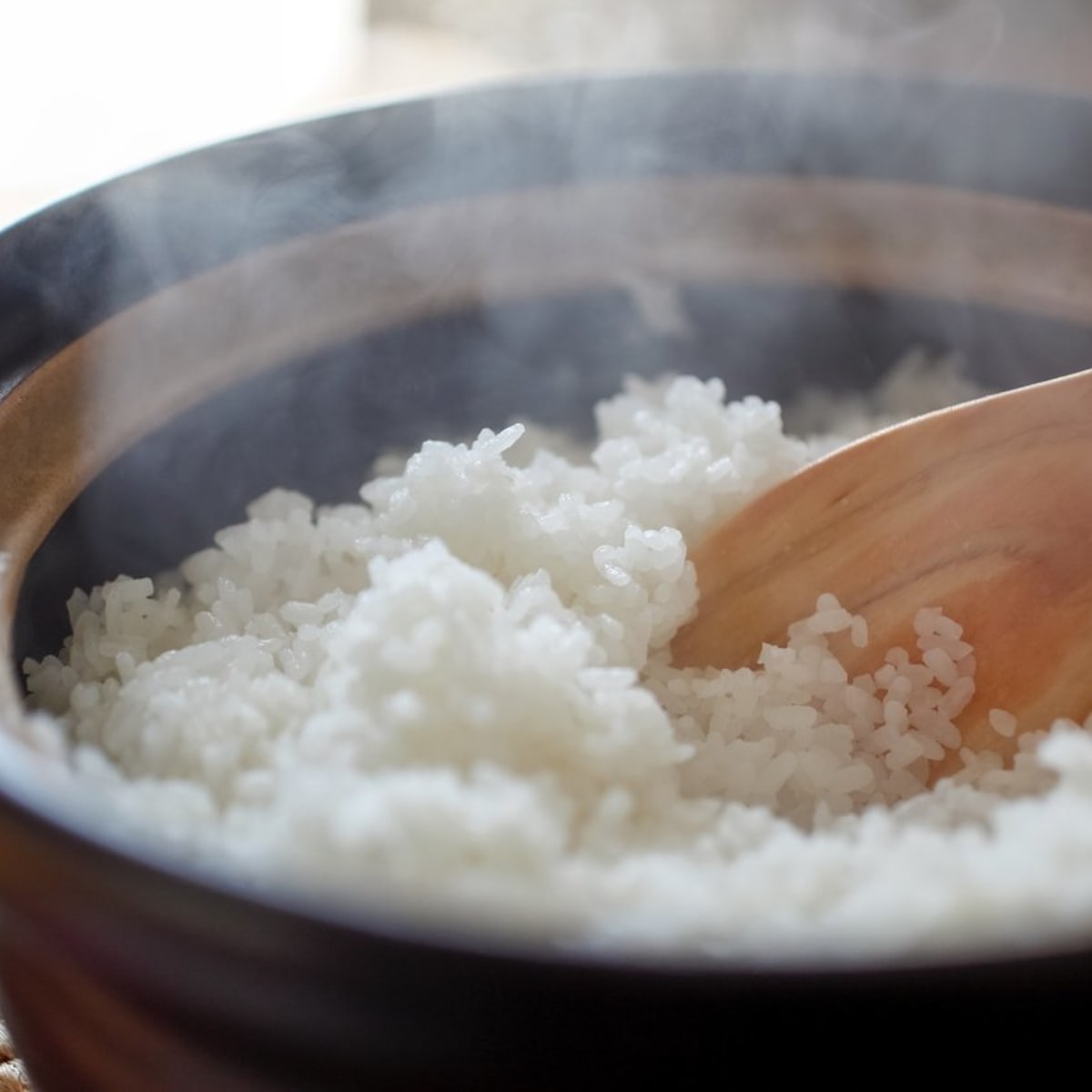

Articles
What Is The Rice To Water Ratio In A Rice Cooker
Modified: February 21, 2024
Discover the ideal rice to water ratio in a rice cooker with our informative articles. Learn how to achieve perfectly cooked rice every time.
(Many of the links in this article redirect to a specific reviewed product. Your purchase of these products through affiliate links helps to generate commission for Storables.com, at no extra cost. Learn more)
Introduction
Welcome to the wonderful world of rice cookers! If you’re a rice lover, you probably know that getting the perfect texture and taste of rice can be a bit challenging. However, with the help of a rice cooker, you can effortlessly achieve perfectly cooked rice every time.
One of the key factors that determine the outcome of your rice cooking experience is the rice to water ratio. Understanding and mastering the rice to water ratio is crucial to ensure that your rice is neither too dry nor too mushy.
In this article, we will dive deep into the concept of the rice to water ratio in a rice cooker. We will explore why it’s important, factors that affect it, recommended ratios for different types of rice, and tips and tricks for achieving the perfect rice to water ratio.
By the end of this article, you’ll be equipped with the knowledge to cook rice to perfection with your rice cooker!
Key Takeaways:
- Mastering the rice to water ratio is crucial for achieving consistently fluffy and tender rice in a rice cooker. Understanding the recommended ratios and adjusting for personal preferences will lead to perfect results every time.
- Factors such as rice type, personal preference, and environmental conditions can influence the rice to water ratio. Experimentation, note-taking, and following rice cooker instructions are key to finding the ideal ratio for delicious, fluffy rice.
Read more: What Is Aspect Ratio On Projector
Understanding the Rice to Water Ratio
The rice to water ratio is the proportion of rice to water that ensures optimal cooking results in a rice cooker. It determines the moisture content of the cooked rice, as well as the final texture and taste. Finding the right ratio is crucial for achieving fluffy, well-cooked rice.
The basic rule of thumb for the rice to water ratio is to use a specific amount of water for each unit of rice. However, the exact ratio can vary depending on factors such as the type of rice, personal preference for rice texture, and the capabilities of your rice cooker.
Typically, the ratio falls between 1:1.5 and 1:2. This means that for every cup of rice, you would use 1.5 to 2 cups of water. For example, if you are cooking 1 cup of rice, you would use 1.5 to 2 cups of water. It’s important to note that these ratios are meant for traditional cooking rice cookers; if you have a specialized rice cooker, the recommended ratio might be different.
It’s also worth mentioning that some rice cookers have markings on the inner pot that indicate the water level for different amounts of rice. These markings can serve as a helpful guide, especially for beginners.
When it comes to the rice to water ratio, precision is key. Using too much water can result in mushy or wet rice, while using too little water can lead to undercooked and dry rice. The right balance will yield perfectly cooked, fluffy rice with separate grains.
Now that we have a basic understanding of the rice to water ratio, let’s explore why it’s so important in the rice cooking process.
Importance of the Rice to Water Ratio in a Rice Cooker
The rice to water ratio plays a crucial role in determining the final outcome of your rice when using a rice cooker. Here are a few reasons why it’s important to get the ratio right:
Consistent Texture: By using the correct rice to water ratio, you can achieve a consistent texture in your cooked rice. Whether you prefer fluffy and separate grains or stickier rice, the right ratio will help you achieve the desired result each time.
Even Cooking: The proper ratio ensures even cooking throughout the rice. Each grain will absorb the right amount of moisture, resulting in uniform softness and tenderness.
Prevent Undercooked or Overcooked Rice: Using the correct ratio helps to prevent undercooked or overcooked rice. Too much water can leave the rice soggy and overcooked, while too little water can leave it uncooked and hard.
Optimal Rice Absorption: Rice grains absorb water during the cooking process, which helps to develop the desired texture. The proper ratio ensures the right amount of moisture is available for the grains to absorb, resulting in fluffy and flavorful rice.
Efficiency: A well-calibrated rice to water ratio allows your rice cooker to function efficiently. It minimizes the risk of water overflowing or the rice cooker taking longer than necessary to cook the rice.
Time and Energy Saving: Using the correct ratio ensures that your rice cooker operates optimally and cooks the rice in the shortest possible time. This saves you time and energy, making the rice cooking process more efficient.
As you can see, the proper rice to water ratio is essential for achieving consistent, well-cooked rice with the ideal texture and flavor. It ensures that your rice cooker can do its job effectively and delivers delicious results every time.
Now that we understand the importance of the rice to water ratio in a rice cooker, let’s explore the factors that can affect this ratio.
Factors Affecting the Rice to Water Ratio
While the general rule of thumb for the rice to water ratio is a good starting point, there are several factors that can influence the specific ratio you should use. Understanding these factors will help you adjust the ratio to achieve the desired outcome. Here are some key factors to consider:
Type of Rice: Different types of rice have varying levels of starch and moisture content, which can affect the amount of water they require. For example, short-grain rice, such as sushi rice, typically requires more water than long-grain rice.
Age of Rice: The age of the rice can impact its moisture content. Fresher rice tends to require slightly less water compared to older rice, which may have dried out slightly over time.
Ambient Humidity: The humidity in your environment can affect the moisture content of the rice. In humid conditions, you may need slightly less water, while in dry conditions, you may need slightly more water.
Rice Washing: Washing rice before cooking can remove excess starch and debris. However, it can also affect the moisture content. If you rinse the rice, you may need slightly less water compared to unrinsed rice.
Personal Preference: The desired texture of the cooked rice is a matter of personal preference. Some people prefer softer, stickier rice, while others prefer drier, fluffier rice. Adjust the ratio based on your personal preference to achieve the desired texture.
Rice Cooker Model and Brand: Different rice cooker models and brands may have variations in how they cook rice. Some rice cookers may require a slightly different rice to water ratio to achieve optimal results. It’s always a good idea to consult the manufacturer’s instructions or recommendations for your specific rice cooker model.
By considering these factors, you can fine-tune the rice to water ratio to suit your needs and achieve perfectly cooked rice every time. However, if you’re unsure, it’s always best to start with the recommended ratios and make adjustments based on your own experimentation and taste preferences.
Now that we understand the factors that can affect the rice to water ratio, let’s explore the recommended ratios for different types of rice.
The standard rice to water ratio in a rice cooker is 1:1. This means for every cup of rice, use one cup of water. Adjust for different types of rice.
Recommended Rice to Water Ratios for Different Types of Rice
While the general rice to water ratio of 1:1.5 to 1:2 is a good starting point, it’s important to note that different types of rice may require slightly different ratios to achieve the best results. Here are the recommended rice to water ratios for some common types of rice:
White Rice: For most types of white rice, the recommended ratio is 1:1.5, which means one cup of rice to 1.5 cups of water. This ratio typically results in fluffy, separate grains of cooked rice.
Brown Rice: Brown rice requires a bit more water compared to white rice due to its higher fiber content and tougher outer bran layer. The recommended ratio for brown rice is typically 1:2, meaning one cup of rice to two cups of water. This ratio helps to ensure that the brown rice cooks evenly and becomes tender.
Jasmine Rice: Jasmine rice is known for its fragrant aroma and slightly sticky texture. The recommended rice to water ratio for jasmine rice is 1:1.25 or 1:1.33. This means one cup of rice to 1.25 or 1.33 cups of water. Adjusting the water slightly can help achieve the desired stickiness and aroma.
Basmati Rice: Basmati rice is a long-grain rice with a distinct flavor and fluffy texture. The recommended ratio for basmati rice is usually 1:1.5 to 1:1.75, which means one cup of rice to 1.5 to 1.75 cups of water. This ratio helps to retain the natural fragrance and ensure that the grains remain separate and light.
Short-Grain Rice: Short-grain rice, such as sushi rice, is known for its stickiness. The recommended ratio for short-grain rice is typically 1:1.25 or 1:1.33. This ratio helps to achieve a stickier consistency, which is desirable for sushi and other dishes that require the rice to hold together.
Keep in mind that these recommended ratios are general guidelines, and you may need to make adjustments based on the factors mentioned earlier, such as personal preference, rice cooker model, and environmental conditions. It’s a good idea to start with the recommended ratios and make adjustments through experimentation to find the perfect ratio for your specific needs.
Now that we know the recommended ratios, let’s explore how you can adjust the rice to water ratio to suit your personal preferences.
Read more: What Is The Projector Throw Ratio
Adjusting the Rice to Water Ratio for Personal Preferences
While the recommended rice to water ratios provide a good foundation for cooking different types of rice, personal preference plays a crucial role in achieving the perfect texture and taste. Here are some tips for adjusting the rice to water ratio to suit your individual preferences:
For Firmer Rice: If you prefer your rice to be firmer and have more bite, you can try using a slightly lower water ratio. Reduce the amount of water by around 1/4 cup per cup of rice. This will result in drier rice with a firmer texture.
For Softer Rice: Conversely, if you prefer your rice to be softer and more tender, you can increase the amount of water slightly. Add an extra 1/4 cup of water per cup of rice. This will yield softer, more moist rice.
For Stickier Rice: If you enjoy sticky rice, such as for sushi or certain Asian dishes, you can adjust the rice to water ratio to achieve a stickier texture. Increase the water by about 1/4 to 1/3 cup per cup of rice. This will help the rice grains stick together more, creating the desired stickiness.
For Fluffier Rice: If you prefer your rice to be light and fluffy, you can try reducing the amount of water slightly. Decrease the water by around 1/4 cup per cup of rice. This will result in more separated grains and a fluffier texture.
It’s important to note that when making adjustments to the rice to water ratio, it’s best to do so gradually. Start by making small changes and test the outcome to see if it meets your preferences. Keep experimenting until you achieve the perfect balance.
Remember to take into account the specific type of rice you’re using and the recommendations for that type of rice as a starting point. These adjustments are meant to fine-tune the ratio to align with your personal taste preferences.
Now that you have a better understanding of adjusting the rice to water ratio for your preferences, let’s explore some additional tips and tricks for achieving the perfect ratio.
Tips and Tricks for Achieving the Perfect Rice to Water Ratio
Mastering the rice to water ratio can take a bit of practice, but with these tips and tricks, you’ll be well on your way to achieving the perfect ratio for your rice cooker:
Use Measuring Cups: When measuring your rice and water, it’s crucial to use proper measuring cups. Using a standard measuring cup will ensure accurate proportions and consistent results.
Follow the Rice Cooker Instructions: Different rice cooker models may have specific instructions or recommended ratios for optimal results. It’s important to consult the instruction manual for your rice cooker and follow the guidelines provided.
Consider Rice Absorption: Some rice varieties absorb more water than others during the cooking process. If you find that your rice is consistently too dry or too wet, adjust the ratio accordingly. Increase the water for drier rice and decrease it for wetter rice.
Don’t Lift the Lid: Once you start the rice cooker, avoid lifting the lid during the cooking process. This can release steam and disrupt the cooking time, resulting in unevenly cooked rice.
Experiment and Take Notes: Everyone’s preferences and rice cookers can be slightly different, so it’s important to experiment and take note of adjustments you make. Keep a record of the rice to water ratios you try, the resulting texture and taste, and any adjustments you may want to make for future reference.
Consider Soaking the Rice: For certain types of rice, such as brown rice, soaking it for a few hours before cooking can help reduce the cooking time and improve the texture. Adjust the rice to water ratio accordingly based on whether you soaked the rice or not.
Account for External Factors: Factors such as altitude and ambient humidity can affect the cooking time and the required rice to water ratio. If you live in a high-altitude area or in a very humid environment, you may need to adjust the ratio to compensate for these factors.
Remember, achieving the perfect rice to water ratio is often a process of trial and error. Don’t be discouraged if it takes a few attempts to find the ratio that works best for you. With practice and these tips, you’ll be able to consistently cook delicious rice with the ideal texture and taste.
Now, let’s wrap up this article with a quick recap.
Conclusion
The rice to water ratio is a key factor in achieving perfectly cooked rice in a rice cooker. Understanding and mastering this ratio allows you to create fluffy, tender, and delicious rice every time. By following the recommended ratios for different types of rice and adjusting based on personal preferences, you can create rice that suits your desired texture and taste.
Throughout this article, we explored the importance of the rice to water ratio in a rice cooker, the factors that can affect this ratio, and tips for adjusting it to achieve the desired results. We discussed the recommended ratios for various types of rice, such as white rice, brown rice, jasmine rice, basmati rice, and short-grain rice. We also provided tips and tricks to help you fine-tune the ratio and shared advice on achieving the perfect rice to water ratio.
Remember, achieving the perfect rice to water ratio may require some experimentation and adjustments based on personal preferences and factors such as rice type, rice cooker model, and environmental conditions. It’s important to take note of your adjustments and results to refine the ratio over time.
Now that you have a better understanding of the rice to water ratio, you can confidently cook rice in your rice cooker with the assurance of perfect results. So go ahead, explore different rice varieties, experiment with ratios, and enjoy delicious, fluffy rice with every meal!
Happy cooking!
Frequently Asked Questions about What Is The Rice To Water Ratio In A Rice Cooker
Was this page helpful?
At Storables.com, we guarantee accurate and reliable information. Our content, validated by Expert Board Contributors, is crafted following stringent Editorial Policies. We're committed to providing you with well-researched, expert-backed insights for all your informational needs.
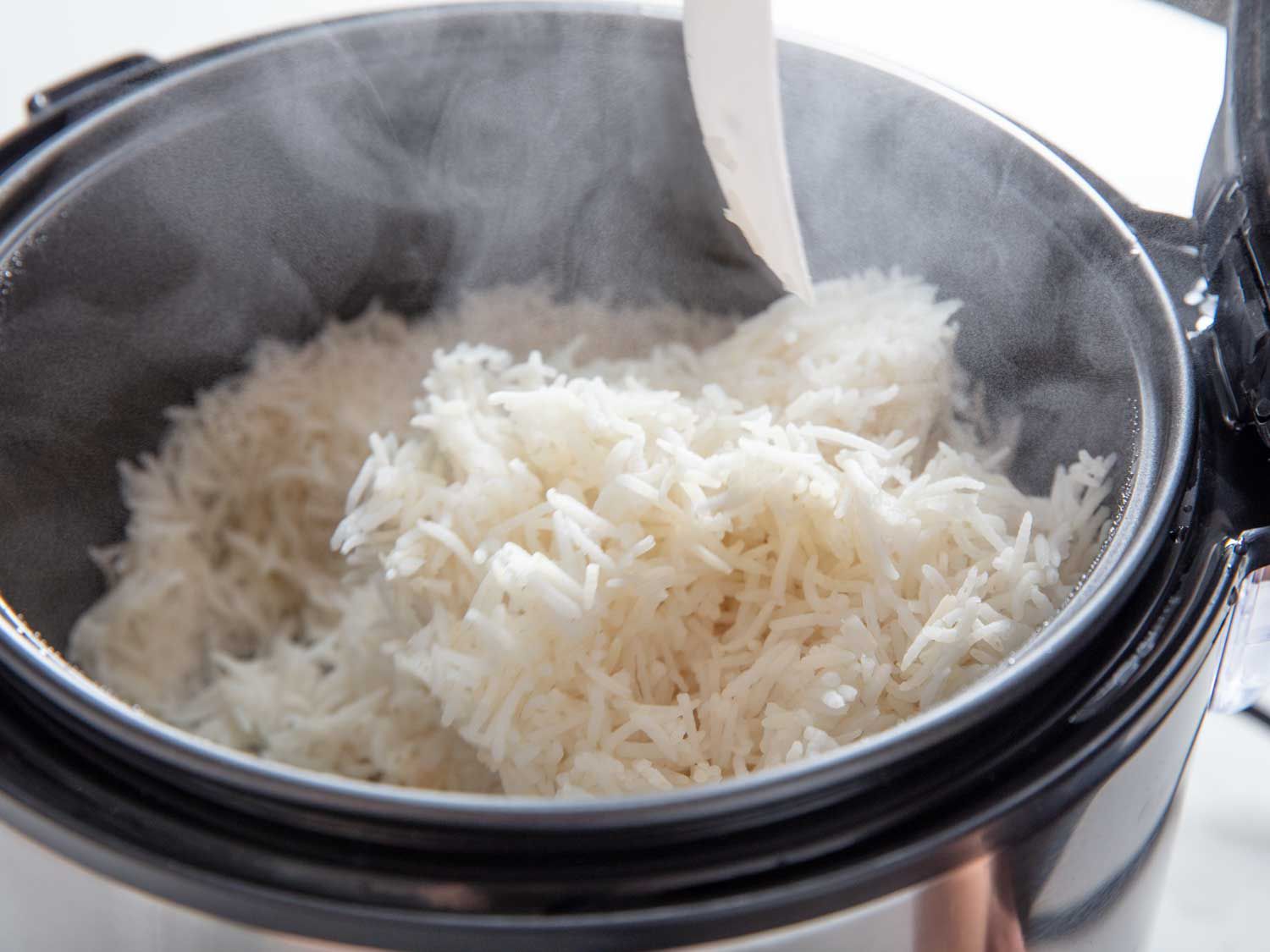
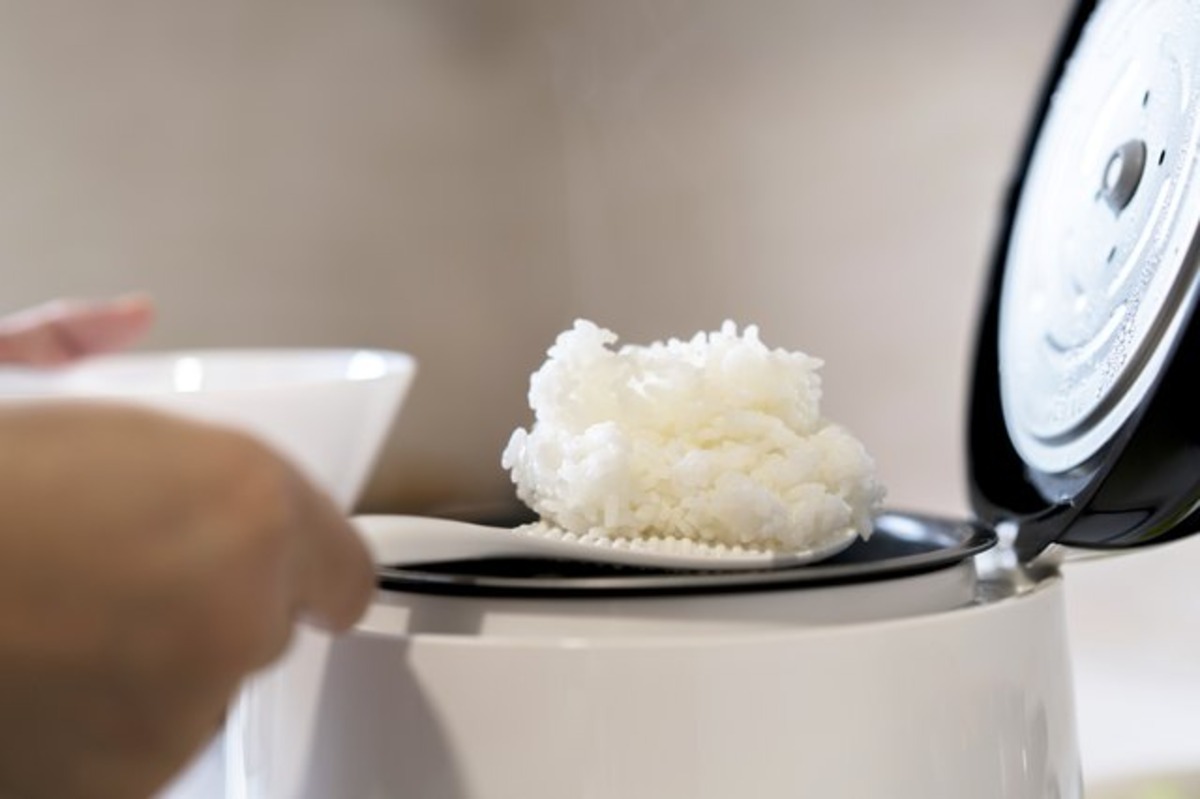
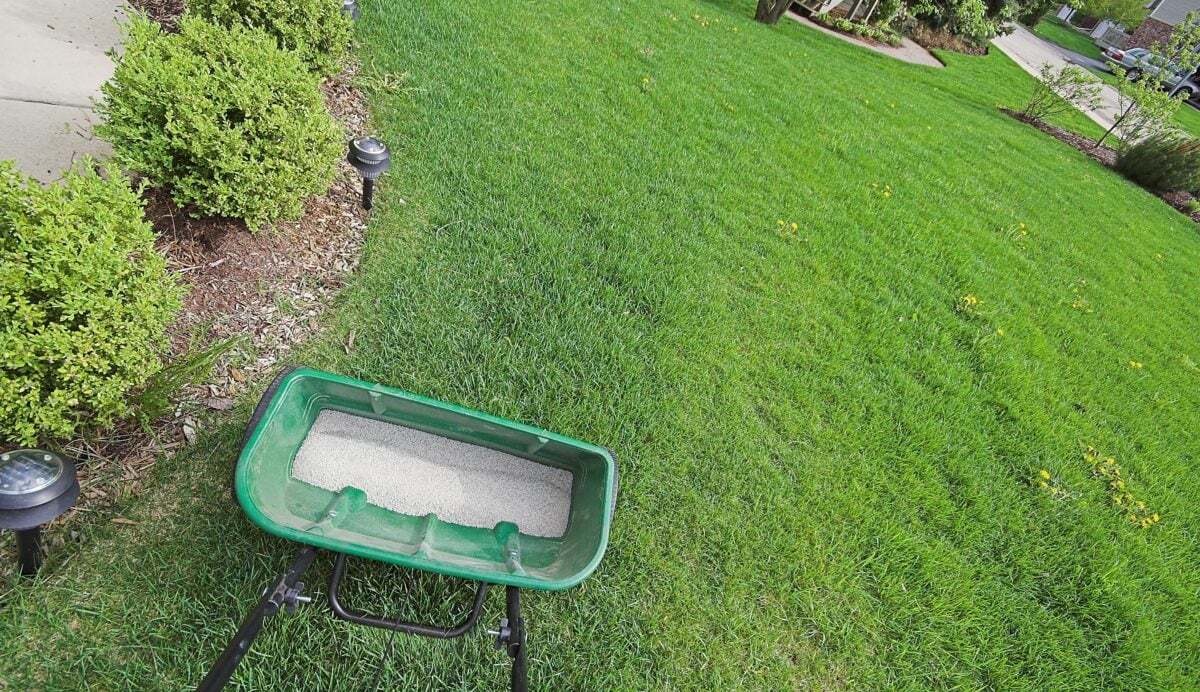
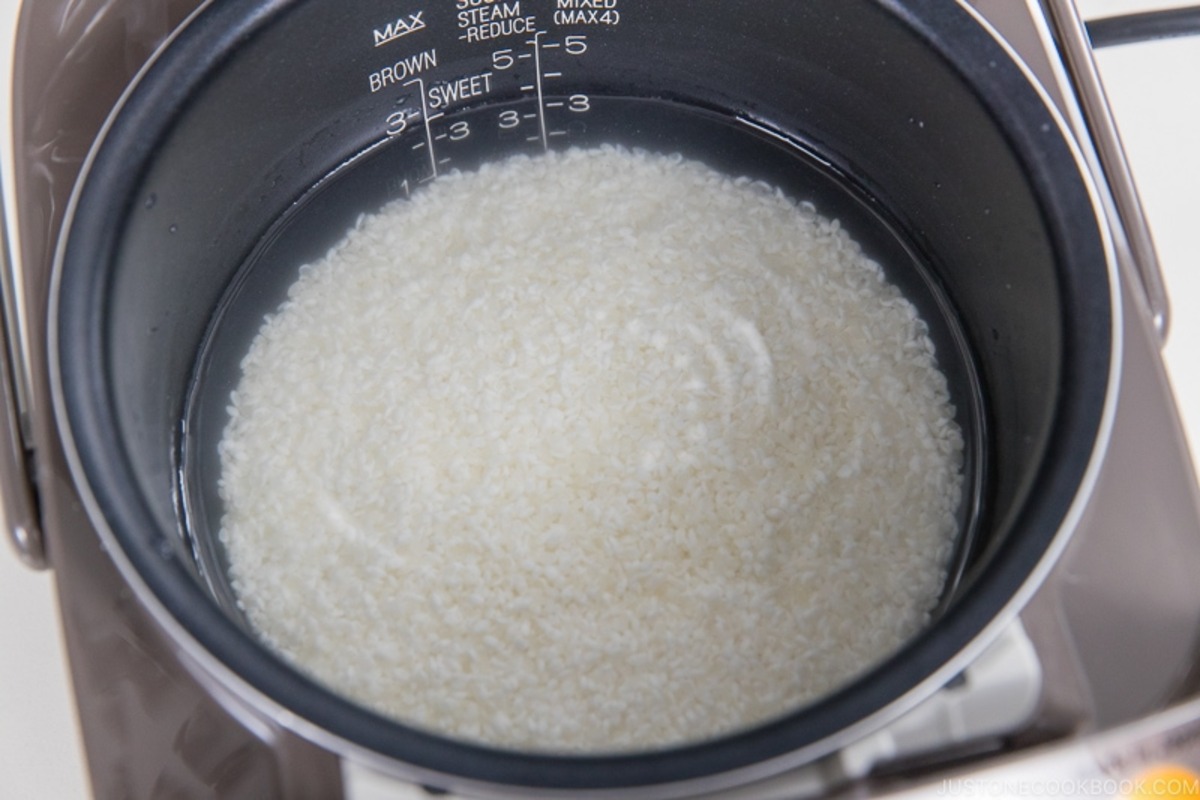
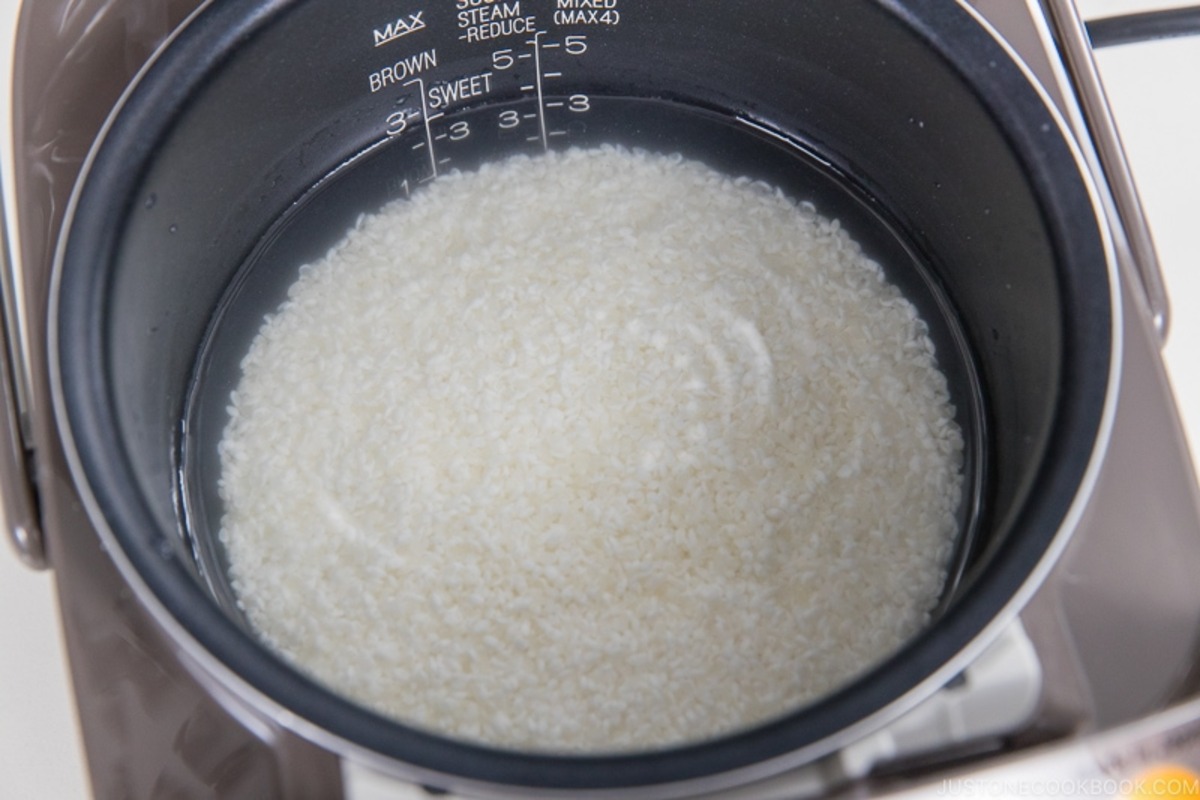
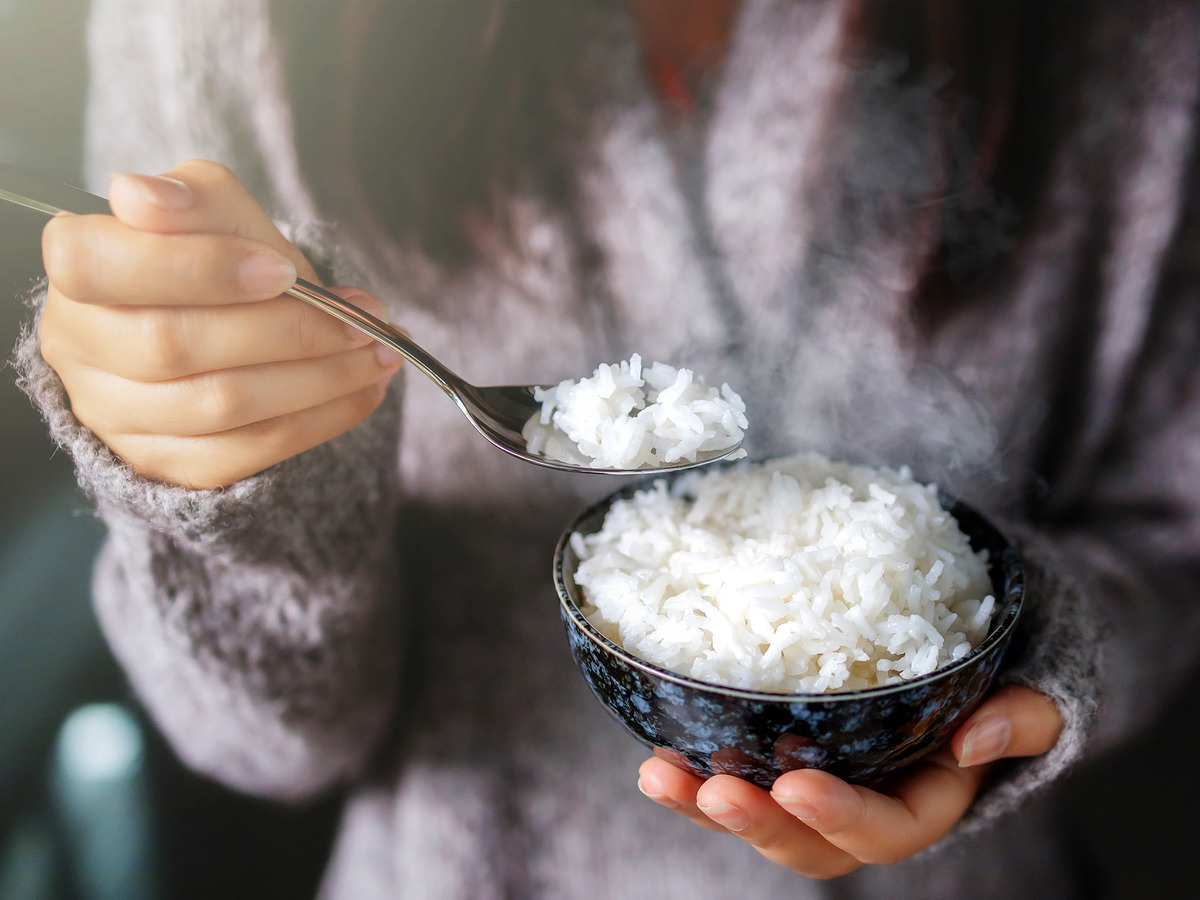

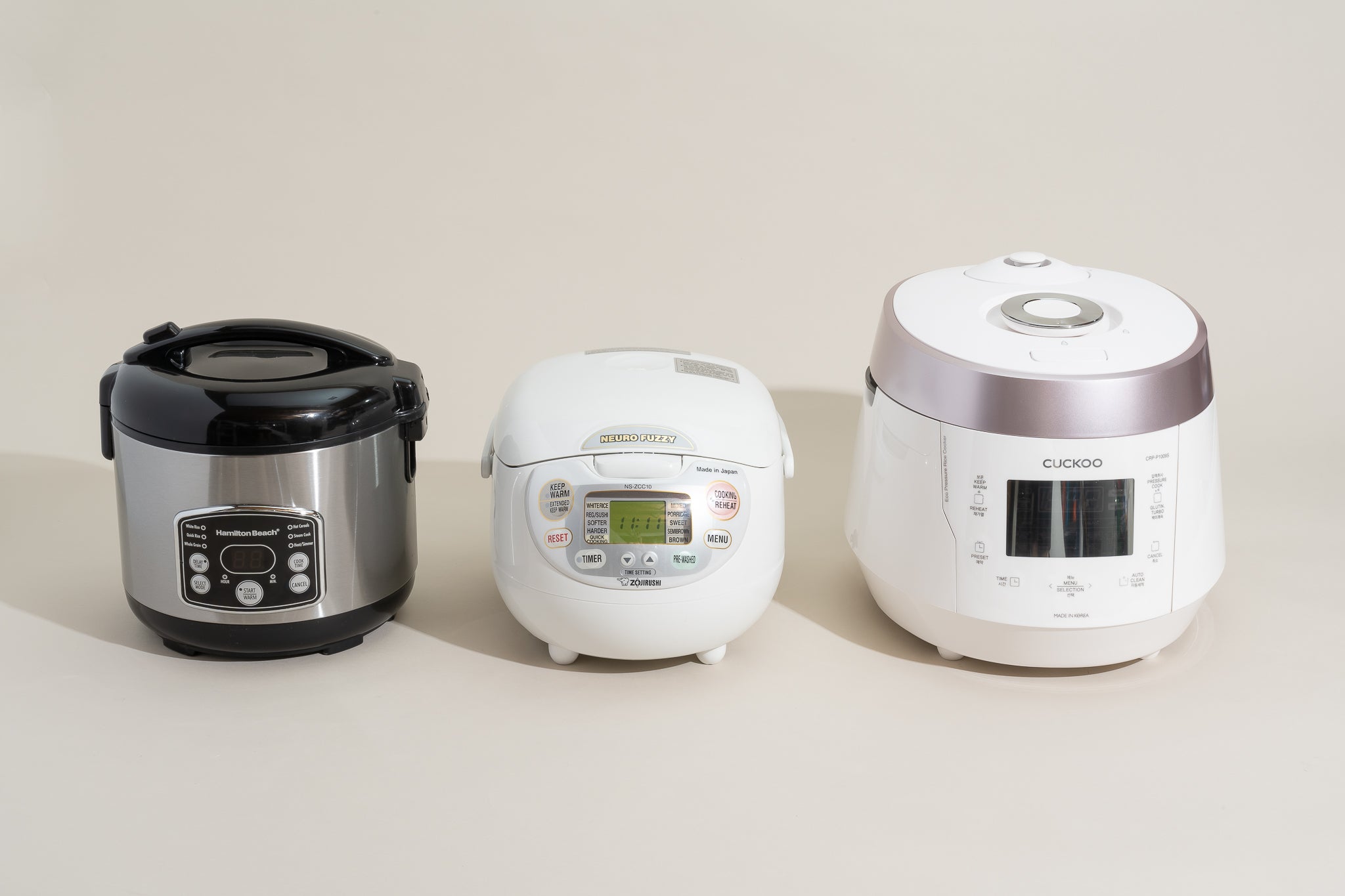
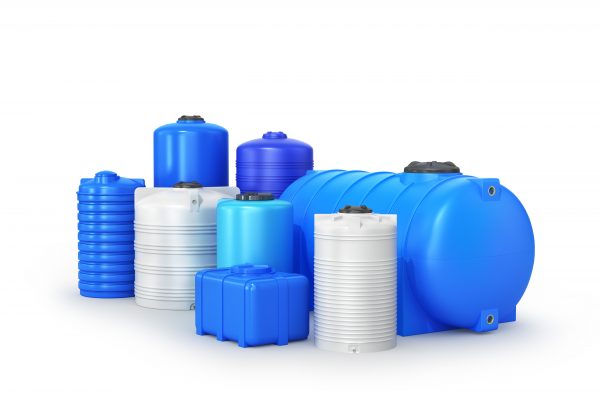


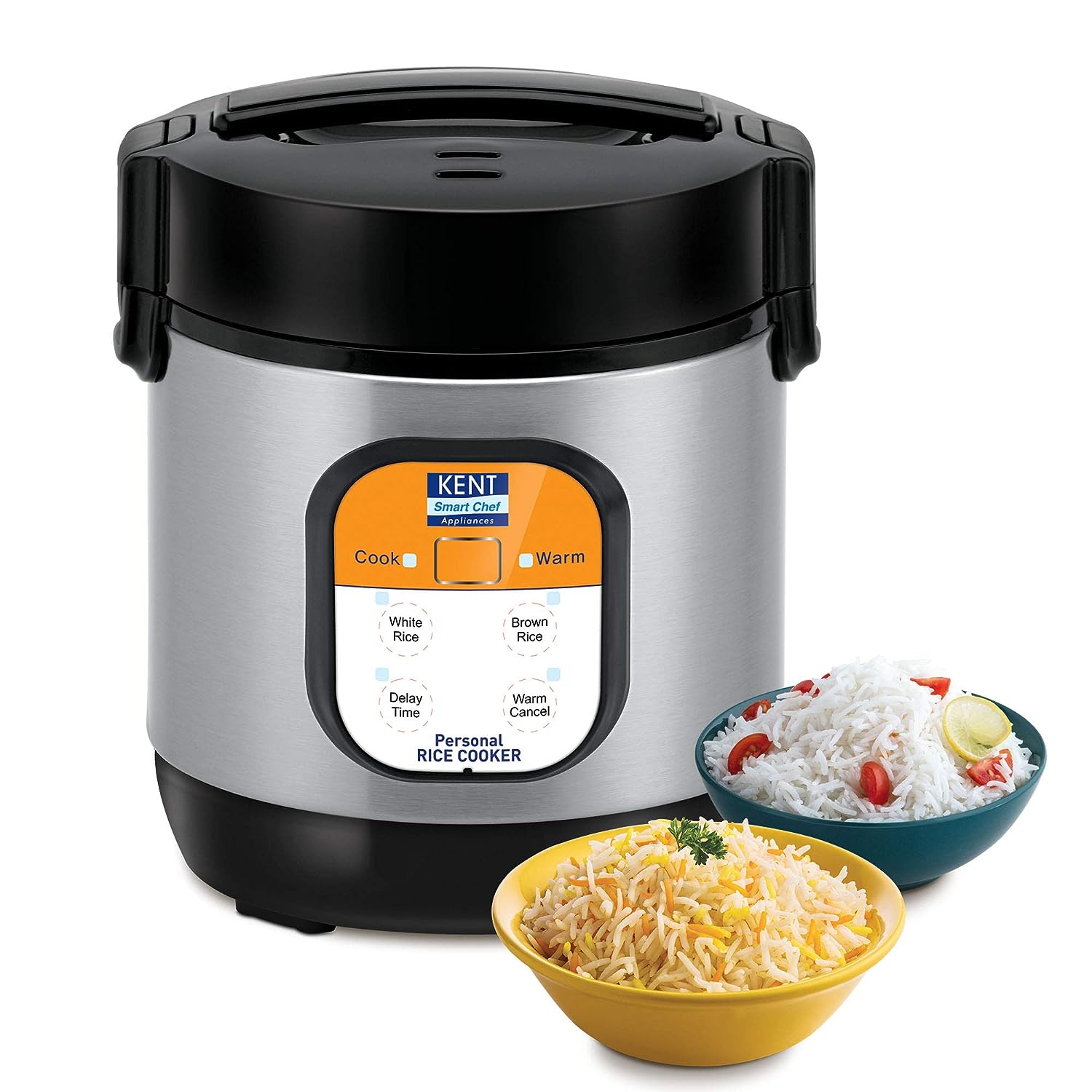
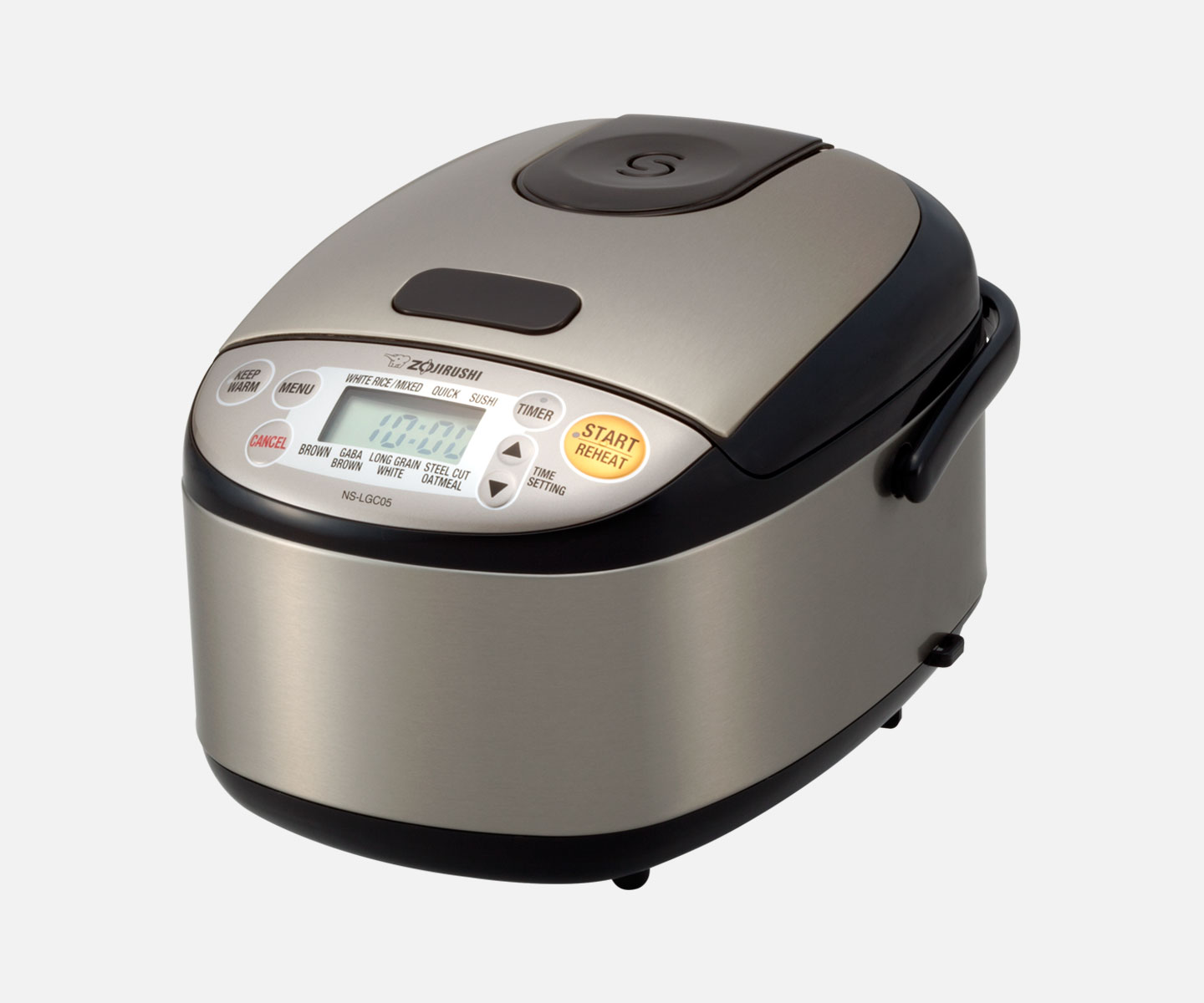


0 thoughts on “What Is The Rice To Water Ratio In A Rice Cooker”